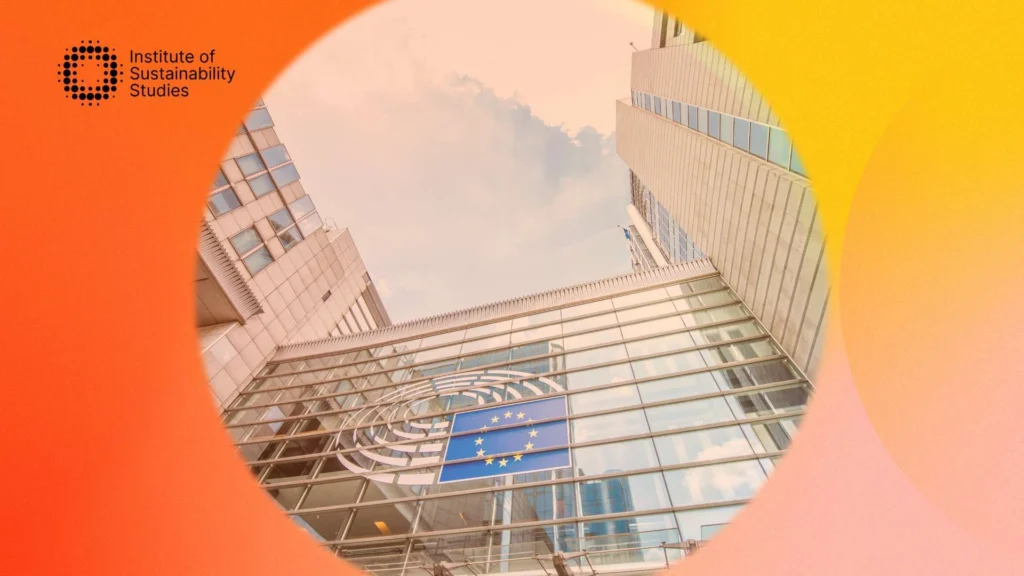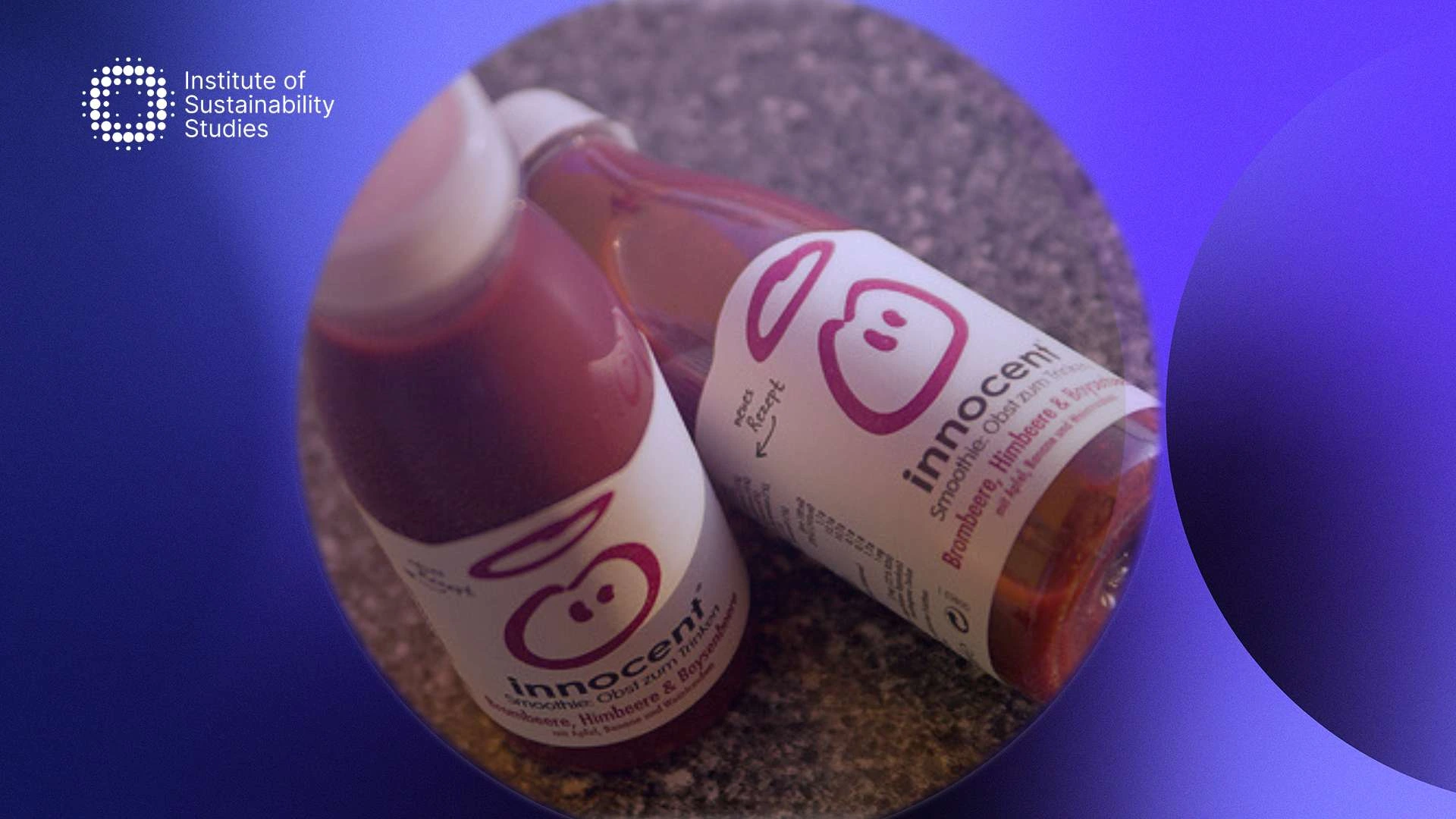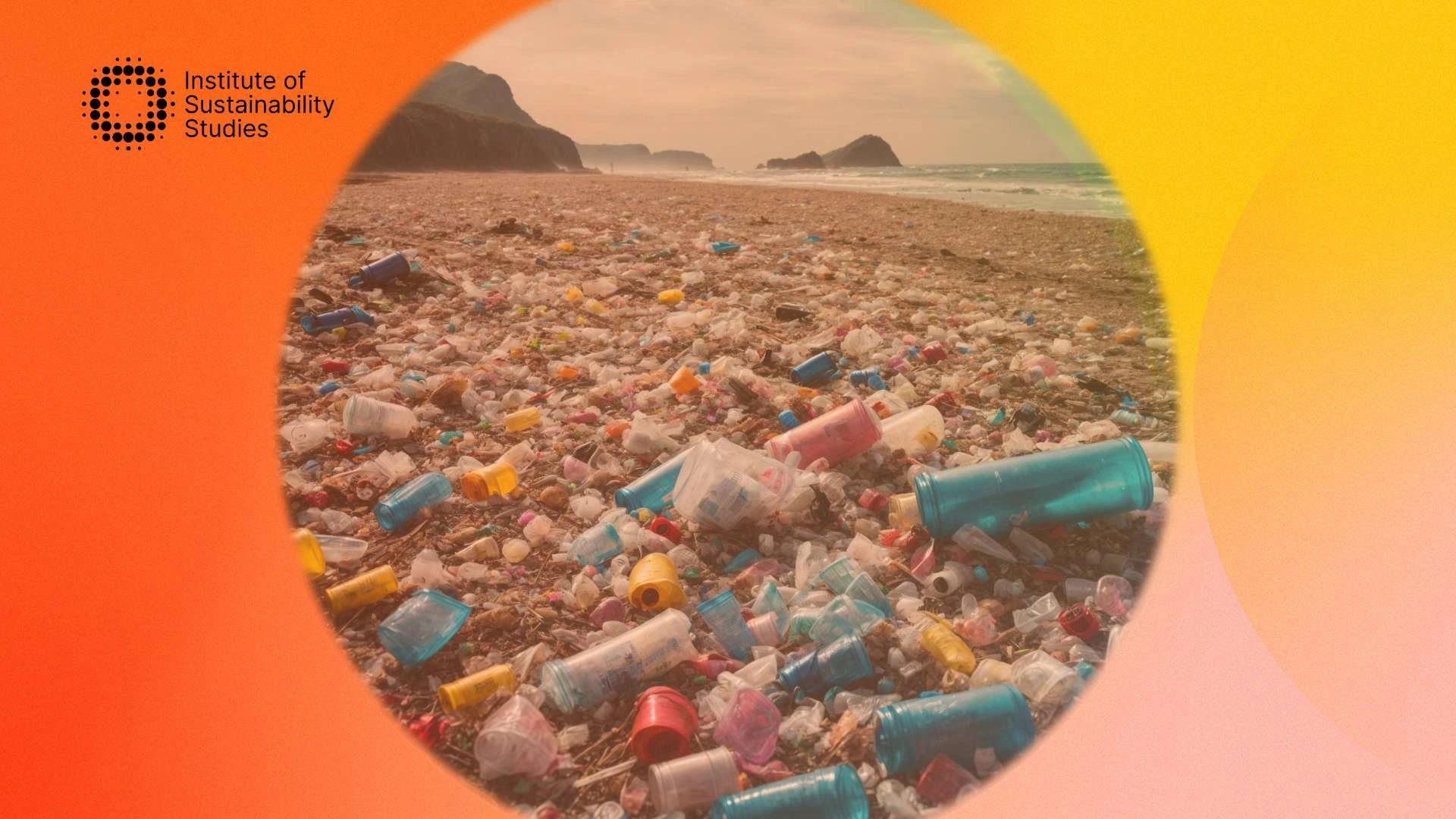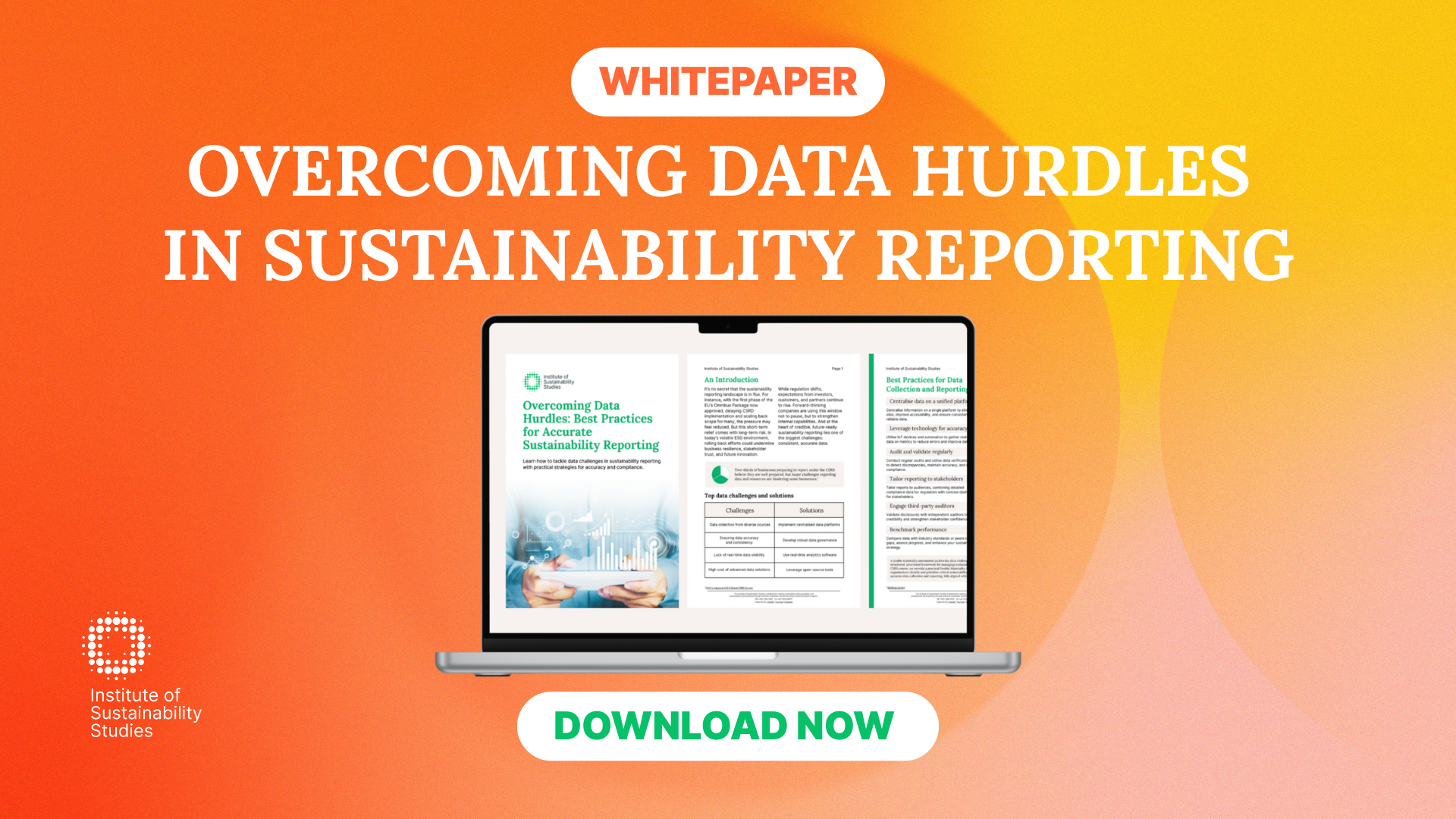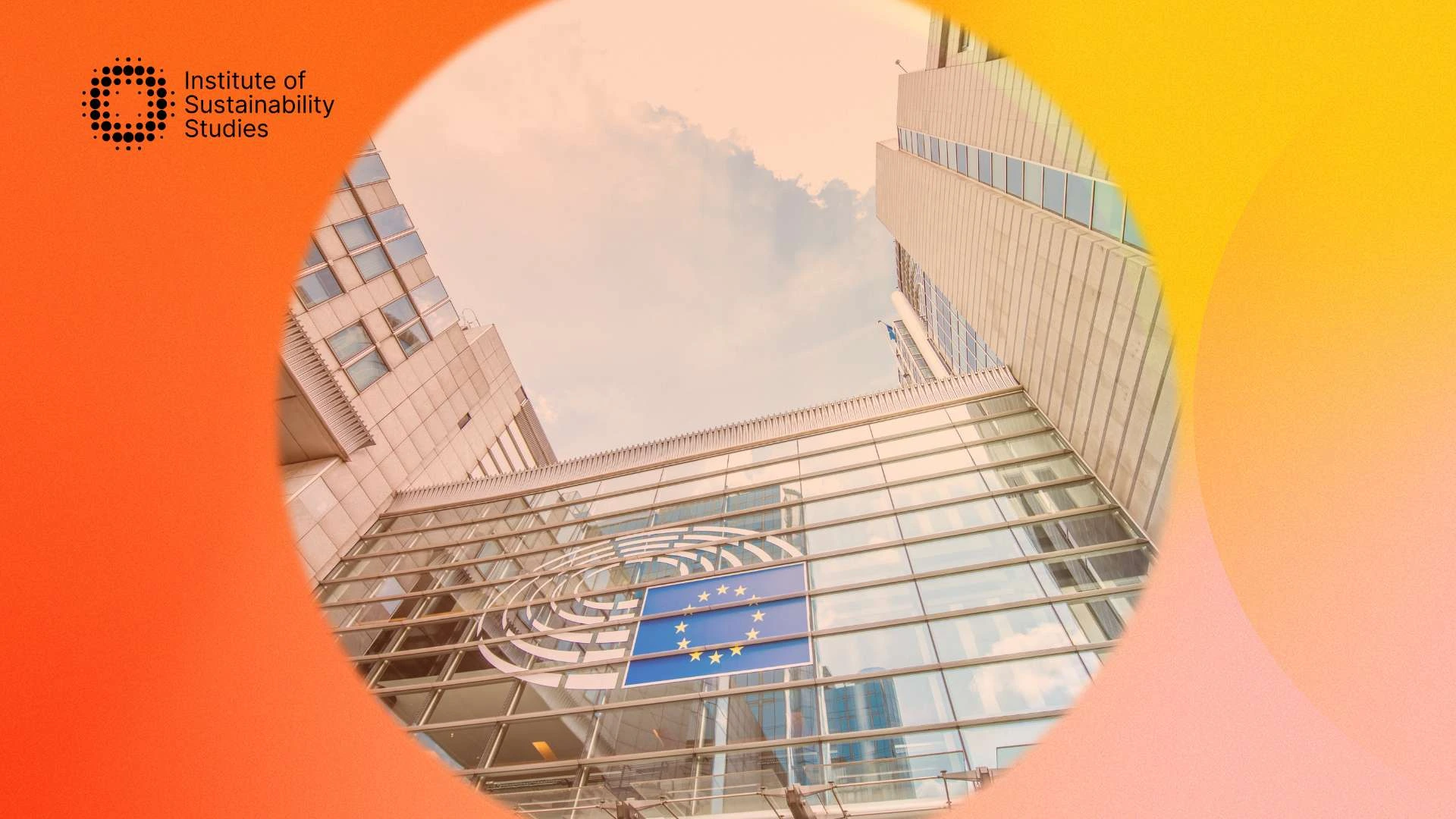The European Commission has opened consultation on a proposed EU Circular Economy Act, with adoption expected in 2026. The Act sets an ambitious target to double the EU’s circularity rate by 2030, while supporting wider goals around resilience, competitiveness, and low-carbon growth.
Framed as a key step in the EU’s transition from a linear to a circular economy, the legislation could have far-reaching implications for business sustainability strategies, particularly in sectors where material use, supply chains, and product design are under increased scrutiny.
Below, we explore what the proposed legislation involves, how it connects with broader EU policy frameworks, and what it could mean for companies leading (or lagging) in the circular transition.
Embed circular economy principles into your strategy with practical, business-focused training
Why circularity is now central to EU economic strategy
Despite more than a decade of increasing awareness, the EU’s circularity rate has seen only marginal gains. From 10.7 percent in 2010 to 11.8 percent in 2023, the pace of progress has remained slow, due in part to structural inefficiencies, fragmented regulation, and limited market demand for recycled materials.
The Circular Economy Act is intended to address these gaps head-on by:
- Establishing a single market for secondary raw materials.
- Increasing the supply, quality, and traceability of recycled inputs.
- Stimulating market demand for circular goods and services.
The Act will also serve broader EU goals such as the Competitiveness Compass, the Clean Industrial Deal, and the Critical Raw Materials (CRMs) Act, all of which aim to position Europe as a global leader in sustainable industrial practices.
Two policy pillars: tackling e-waste and enabling a circular materials market
The draft legislation will rest on two main policy pillars, both of which are likely to have wide-reaching business implications:
1. Improving e-waste recovery and reuse
This includes better collection systems, higher recycling rates, and stronger demand for secondary CRMs. CRMs such as lithium, rare earth elements, and cobalt are vital for clean technologies and are currently sourced through high-impact extraction methods.
2. Creating a functioning single market for recycled inputs
This pillar targets long-standing barriers in the movement and use of waste-derived materials, including:
- Reforming “end-of-waste” criteria to clarify when waste becomes a product.
- Digitalising Extended Producer Responsibility (EPR) schemes.
- Setting mandatory procurement criteria for circular goods and services across the public and private sectors.
Together, these pillars aim to address both supply-side and demand-side failures that have stalled circularity efforts to date.
Consultation now open, and alignment with other EU strategies underway
To shape the forthcoming legislation, the European Commission has launched a public consultation and Call for Evidence, open until 6th November 2025. The Commission is seeking input from businesses, policymakers, and citizens on how to make circular markets more efficient, scalable, and innovation-friendly.
Importantly, the Circular Economy Act is being developed in close alignment with a suite of related EU policies, including:
- The Ecodesign for Sustainable Products Regulation (ESPR)
- The Packaging and Packaging Waste Regulation (PPWR)
- The Steel and Metals Action Plan
- The Critical Raw Materials Act
- The Single Market Strategy
This integrated approach signals a clear policy shift: circularity is becoming a structural pillar of the EU’s industrial and environmental policy framework.
Conclusion: Circularity is a business essential
The proposed EU Circular Economy Act marks a turning point for how value is created and sustained across Europe. For businesses in sectors like manufacturing, logistics, and materials, circularity is no longer a nice-to-have; it’s becoming a regulatory expectation.
This shift will require rethinking product design, sourcing, and waste, but it also opens the door to greater resilience, supply chain stability, and access to growing markets for circular goods and services.
At ISS, we support organisations in embedding circular thinking into their business operations. From product innovation to ESG reporting, we equip teams with the tools to lead with credibility and impact. Circularity is fast becoming a core measure of business readiness, and those who move early will set the standard.
Dedicated to harnessing the power of storytelling to raise awareness, demystify, and drive behavioural change, Bronagh works as the Communications & Content Manager at the Institute of Sustainability Studies. Alongside her work with ISS, Bronagh contributes articles to several news media publications on sustainability and mental health.
- Bronagh Loughlinhttps://instituteofsustainabilitystudies.com/insights/author/bronagh/
- Bronagh Loughlinhttps://instituteofsustainabilitystudies.com/insights/author/bronagh/
- Bronagh Loughlinhttps://instituteofsustainabilitystudies.com/insights/author/bronagh/
- Bronagh Loughlinhttps://instituteofsustainabilitystudies.com/insights/author/bronagh/

